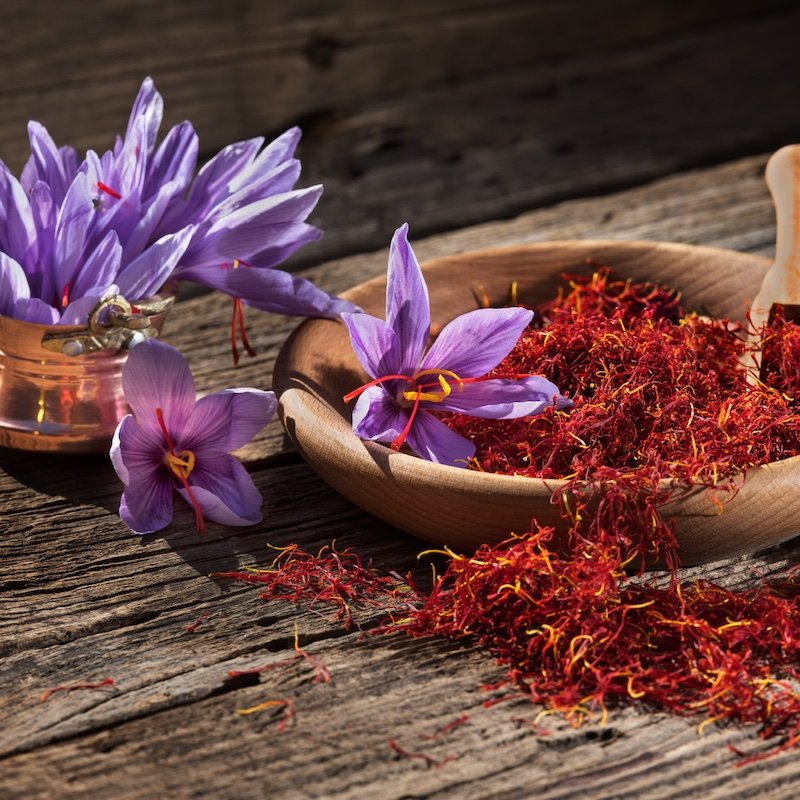The Top 5 Rarest Ingredients in Perfumery
The world of perfumery is filled with unique ingredients that add unmatched sophistication to fragrances. Some of these ingredients are so rare that they unavailable for many, so they are used for the most exclusive perfumes.
1. Oud (Agarwood)
Origin: Southeast Asia
Scent profile: Smoky, wood and rich with resinous warmth.
Oud is located from the resin of the agarwood tree, but only when the tree has been infected by a specific mold. This infection causes the tree to produce a dark, fragrant resin, which is incredibly rare and hard to collect. High-quality oud, such as the Cambodian or Indian varieties, is even more difficult to source, making it one of the most expensive ingredients in perfumery.
2. Ambergris
Origin: Sperm whales and the oceans where they reside.
Scent profile: Marine, earthy and subtly sweet with a warmth that deepens over time.
Ambergris is a waxy substance made in the digestive system of sperm whales and often floats for years in the ocean before washing ashore. Its production is unpredictable, making it extremely difficult to harvest. Over time, ambergris develops a unique aroma that enhances and transforms other scents in a blend.
3. Orris Root
Origin: Roots of the Iris flower, primarily in Italy and Morocco.
Scent profile: Soft, powdery, floral with hints of violet and earthiness.
Why It’s Rare: Orris root must be harvested from the Iris plant, and it requires a specialised aging process of up to five years to reach its full fragrant potential. This labor-intensive preparation, combined with the difficulty of cultivation, makes orris root one of the rarest and most expensive floral ingredients.
4. Saffron
Origin: Primarily Iran, Kashmir, and Spain.
Scent profile : Warm, earthy, subtly sweet, with leathery undertones.
Saffron is harvested from the stigmas of the Crocus sativus flower, with each flower yielding a mere three stigmas. These must be hand-harvested and carefully dried and takes an astounding 75,000 flowers to produce just one pound of saffron. This labor-intensive process, with its limited growing regions, makes saffron one of the most expensive ingredients in the world.
5. Mysore Sandalwood
Origin: Mysore region, Karnataka, India.
Scent profile: Creamy, woody and sweet with a soft, milky smoothness.
Due to overharvesting, Mysore sandalwood trees have become endangered and Indian law now restricts their harvest. As a result, Mysore sandalwood is increasingly difficult to source and is heavily regulated. Its rarity and the cost of ethical sourcing make Mysore sandalwood an extremely prized ingredient.





